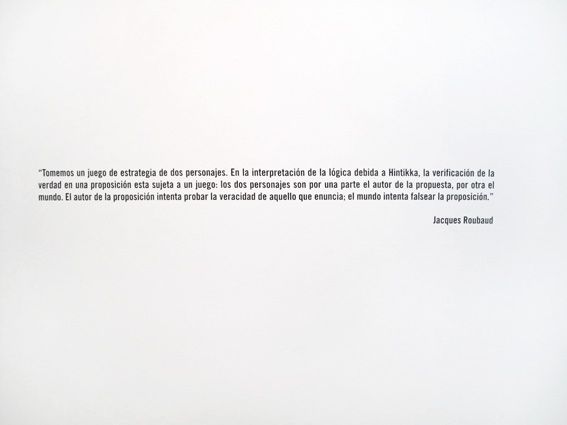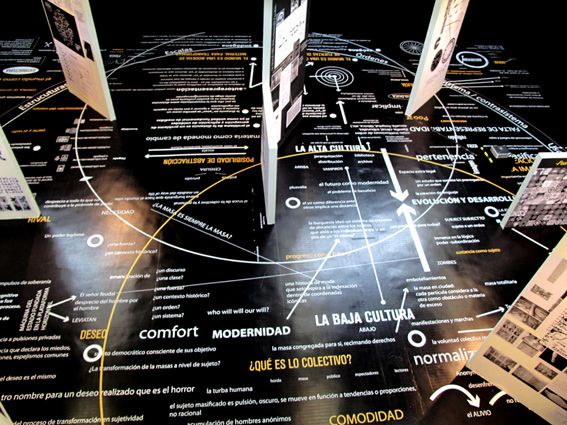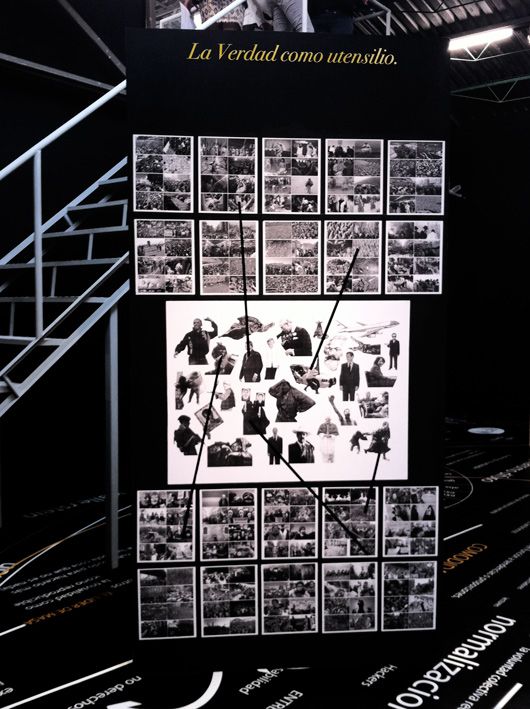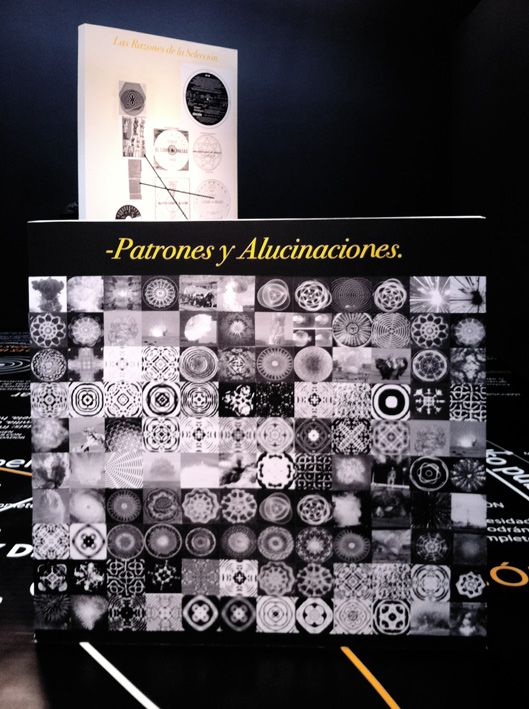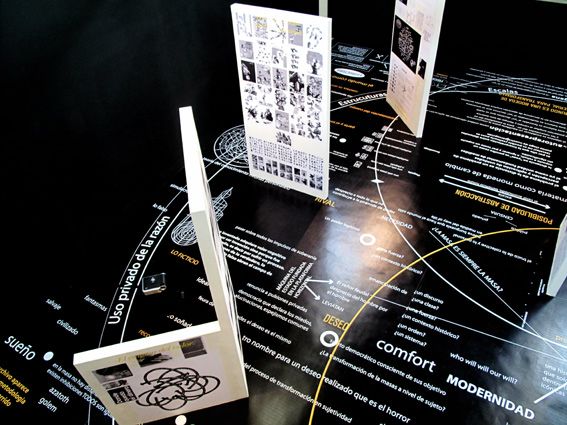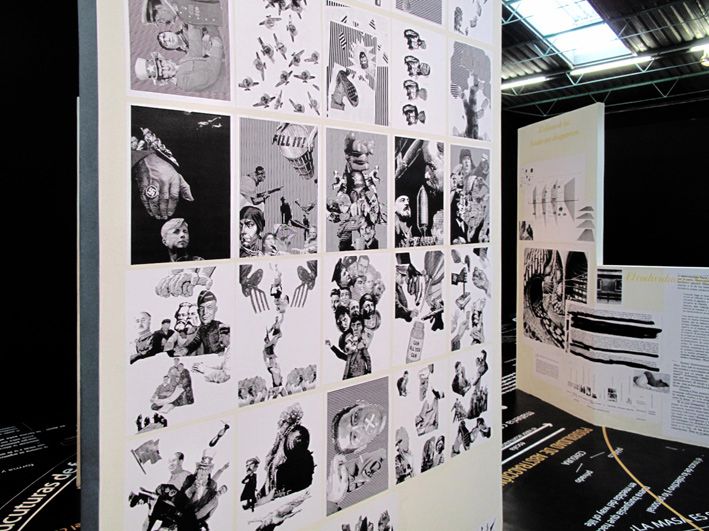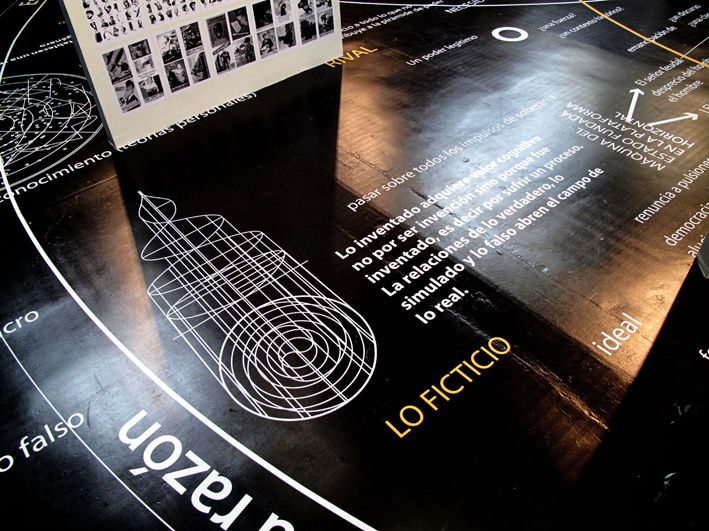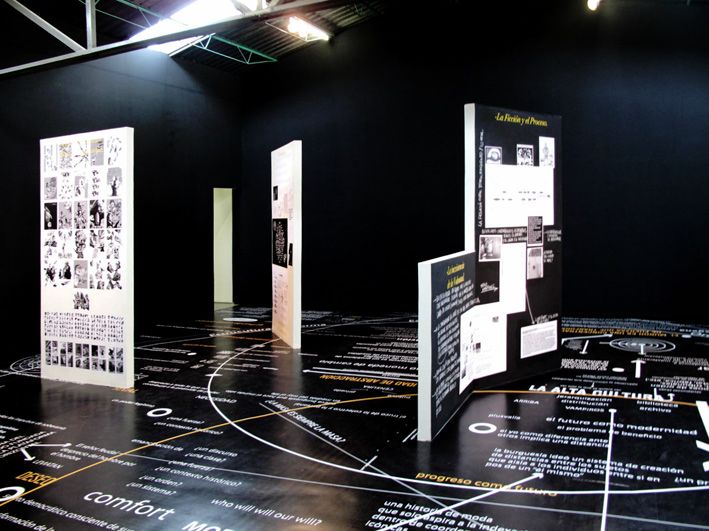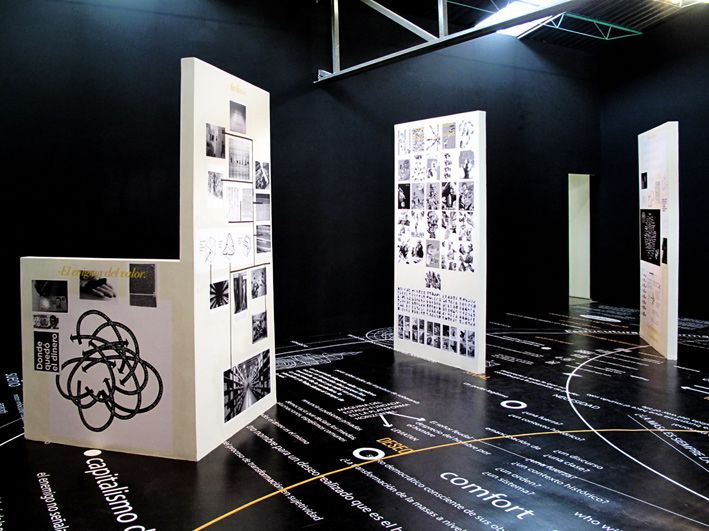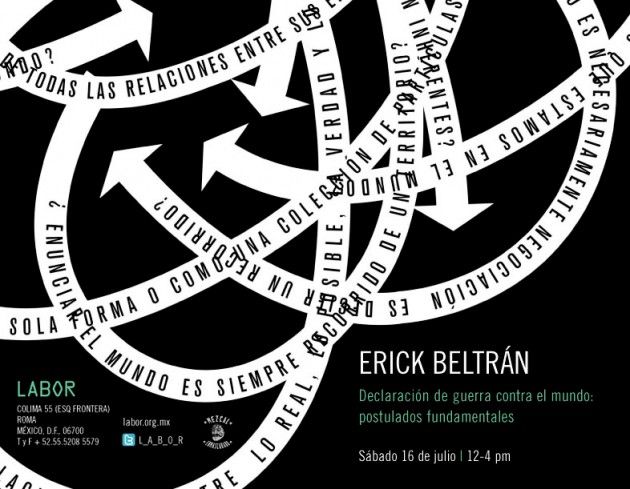“Let us take a game of strategy between two subjects. In the interpretation of logic according to Hintikka, the verification of truth in a proposition is subject to a game: the two subjects are, on the one hand, the author of the proposal, and on the other, the world. The author of the proposition attempts to test the veracity of that which he enunciates; the world attempts to falsify that proposition.”
-Jacques Roubaud
How do you make effective plays in a game?
How was this situation of opposition established?
What happens if, when referring to life, the metaphor of the game is no longer effective?
Why is metaphor not enough?
Why and how is a conflict established with reality?
What happens when you no longer agree with it?
What happens when the rival is no longer identifiable because he/she has become diffuse?
When does this rival form part of your ideology?
What has the world done to make it so that this power is non-locatable and mobile?
How to avoid making it so that the analysis and critiques of a system do not end up immunizing the system itself?
How do you take a position?
What is a position?
LABOR is pleased to present Erick Beltrán’s individual exhibition, Declaration of War Against the World: Fundamental Postulates.
The work of Erick Beltrán (Mexico, 1974) should be understood as an accumulative process of ideas and the extension of his directions or divergences over the course of a body of work, in which the concept of edition is always present.
From works such as ERGO SUM (2006) to The World Explained (2008), to Models for the Construction of Objects (2010), Erick Beltrán seeks an answer to the question, "What is discourse?", explores our ignorance about the nature of the objects of daily life to expose a machinery of reality shored up by personal theories, and proposes an analysis of ideological systems as a function of the forms created through assemblages of objects. For Declaration of War Against the World: Fundamental Postulates, Beltrán attempts to map out the territory that the individual’s divergences with the world come to occupy, as well as the consequences that arise from these contradictions upon taking up certain positions. The piece presents some of the basic postulates of the artist as a call to action.
What are some of the moments where discourse densifies in such a way that it is possible to visualize particular concrete struggles against other ideological forms? Is it possible to confront or oppose something when you recognize yourself within it? Now, more than ever, when every gesture is assimilable by mass media or every sign becomes laminated to a good, the figure of the “rival” is not univocal (we are everywhere!). Whether on the political or social plane, the opponent manifests itself simultaneously with the same mutant identity, through linguistic, historical processes and through the ordering of concepts. It is because of this that establishing discrepancies implies an integral proposal and ultimately, a position in life.
To present this subjective position and its final consequences is to approach the problem of the social, and to seek an understanding of the forces that control the public, is to understand that we are them.



